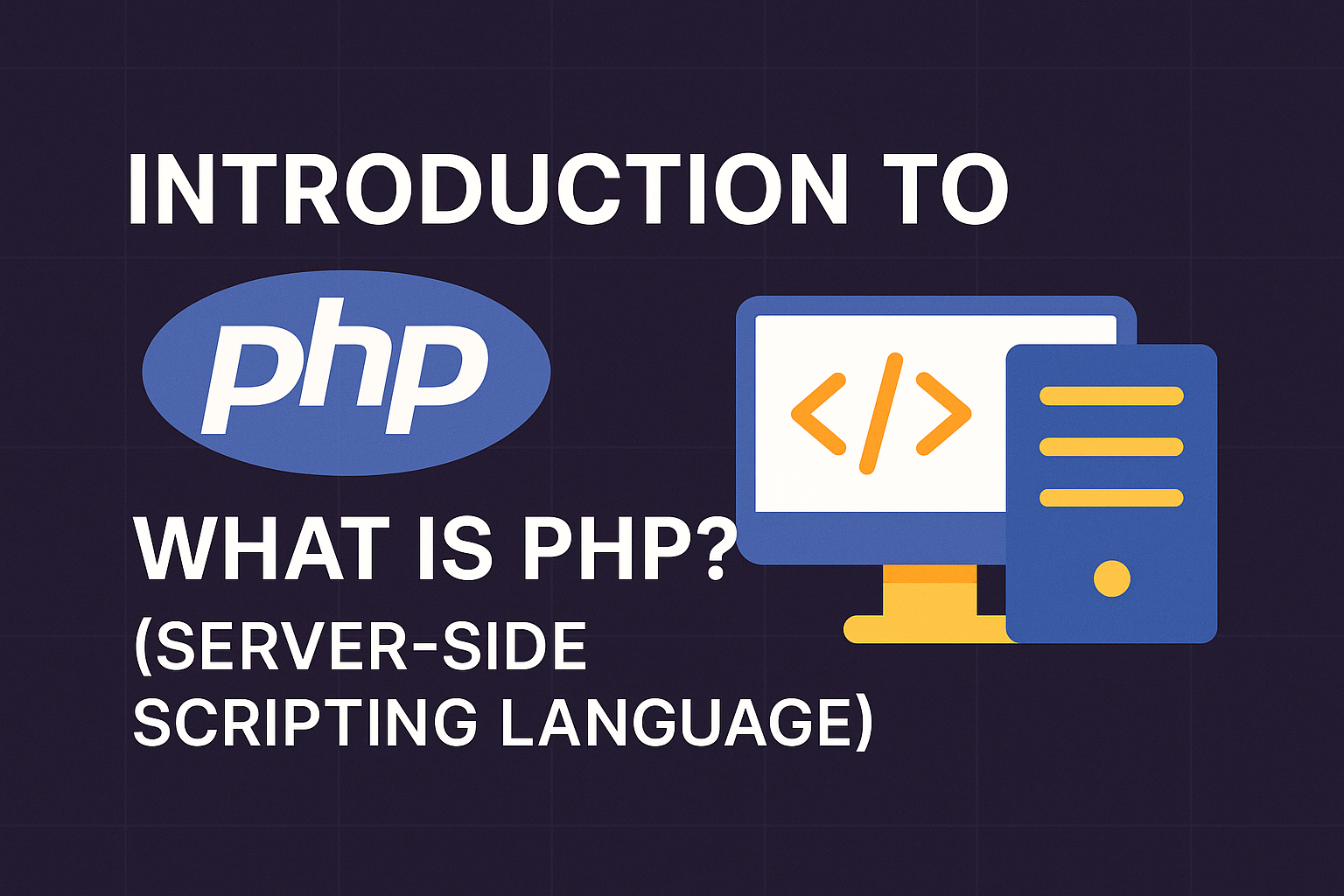HTML – Unlocking the Web: Diving Deep into HTML’s Building Blocks (Part 1: Elements & Tags)
Unlocking the Web: Diving Deep into HTML’s Building Blocks (Part 1: Elements & Tags)
Ever wonder how websites are structured? From the text you’re reading to the images you see, it all starts with HTML, the foundational language of the web. Think of HTML as the blueprint for every webpage, and its core components are elements and tags. Mastering these is your first step to becoming a web wizard!
HTML Elements: The Core Content Containers
At its heart, an HTML element is a component that represents a type of content on a webpage. It’s essentially a complete unit, usually consisting of:
- An opening tag: This marks the beginning of the element. It’s written as a keyword enclosed in angle brackets, like
<p>for a paragraph or<h1>for a main heading. - Content: This is the actual text, image, or other data that the element holds.
- A closing tag: This marks the end of the element. It looks just like the opening tag, but with a forward slash before the keyword, like
</p>or</h1>.
Example:
HTML
<p>This is a paragraph of text on my website.</p>
Here, <p> is the opening tag, </p> is the closing tag, and “This is a paragraph of text on my website.” is the content. Together, they form a single HTML paragraph element.
Common HTML elements you’ll encounter constantly include:
<head>: Contains metadata about the page (not visible content).<body>: Contains all the visible content of your webpage.<h1>to<h6>: Headings of different levels.<p>: Paragraphs of text.<a>: Links to other pages or resources.<div>: A generic container for flow content.<span>: An inline container for phrasing content.
Understanding these building blocks is crucial for web development and crafting well-structured content for search engines.
HTML Tags: The Markers That Define Content
While often used interchangeably with “elements,” HTML tags are specifically the keywords enclosed in angle brackets (<>) that define the start and end of an HTML element. They are the syntax that tells the browser how to render the content. So, <h1> is a tag, and </h1> is also a tag. Together, they create an <h1> element.
It’s all about how these tags work together to semantically mark up your content, making it accessible and understandable for both users and web crawlers.
Empty or Void Elements: The Exceptions to the Rule
Now, here’s where things get interesting! While most HTML elements follow the opening tag, content, closing tag structure, some elements are unique. These are known as empty elements or void elements.
What makes them “empty” or “void”?
They don’t contain any inner content between an opening and closing tag. Instead, they are self-closing and represent something directly. Think of them as standalone instructions to the browser.
Key Characteristics of Empty/Void Elements:
- No closing tag: They do not have a separate closing tag.
- No content: You cannot put any content inside them. Their function is entirely defined by their attributes.
Common Examples of Empty/Void Elements:
<br>: The line break element. Use this when you need to force a new line within a block of text, like in an address.- SEO Tip: Use
<br>sparingly and only for visual breaks, not for structuring content. Search engines prefer semantically grouped text within paragraphs.
- SEO Tip: Use
<img>: The image element. Used to embed images into your webpage. It requires attributes likesrc(source) to point to the image file andalt(alternative text) for accessibility and SEO.- SEO Power: Always use descriptive
alttext for images! This helps search engines understand your image content and improves image SEO for users who can’t see the image.
- SEO Power: Always use descriptive
<input>: The input element. This is a highly versatile element used to create interactive form controls like text fields, checkboxes, radio buttons, and more. Itstypeattribute determines its specific function.- User Experience (UX): Properly labeled and styled input fields are crucial for user-friendly forms.
Example Usage:
HTML
<p>This is some text.<br>And this text will appear on a new line.</p>
<img src="my-awesome-image.jpg" alt="A colorful sunset over the ocean, perfect for web design inspiration.">
<input type="text" placeholder="Enter your name here">
Why Understanding This Matters for Your Website
For anyone venturing into front-end development or wanting to improve their website’s performance and search engine rankings, a solid grasp of HTML elements and tags, including the unique empty elements, is non-negotiable.
- Semantic HTML: Using the right element for the right content (e.g.,
<p>for paragraphs,<h1>for main headings) creates semantic HTML, which is better understood by browsers and search engine algorithms. - Accessibility: Proper HTML structure is fundamental for web accessibility, ensuring your site is usable by everyone, including those with disabilities.
- SEO Optimization: Well-structured, clean HTML with appropriate use of tags and attributes (like
altfor images) is a huge factor in SEO optimization, helping your website rank higher in Google search results.
Stay tuned for more insights into HTML’s core fundamentals as we continue to explore the exciting world of web design and website creation!




